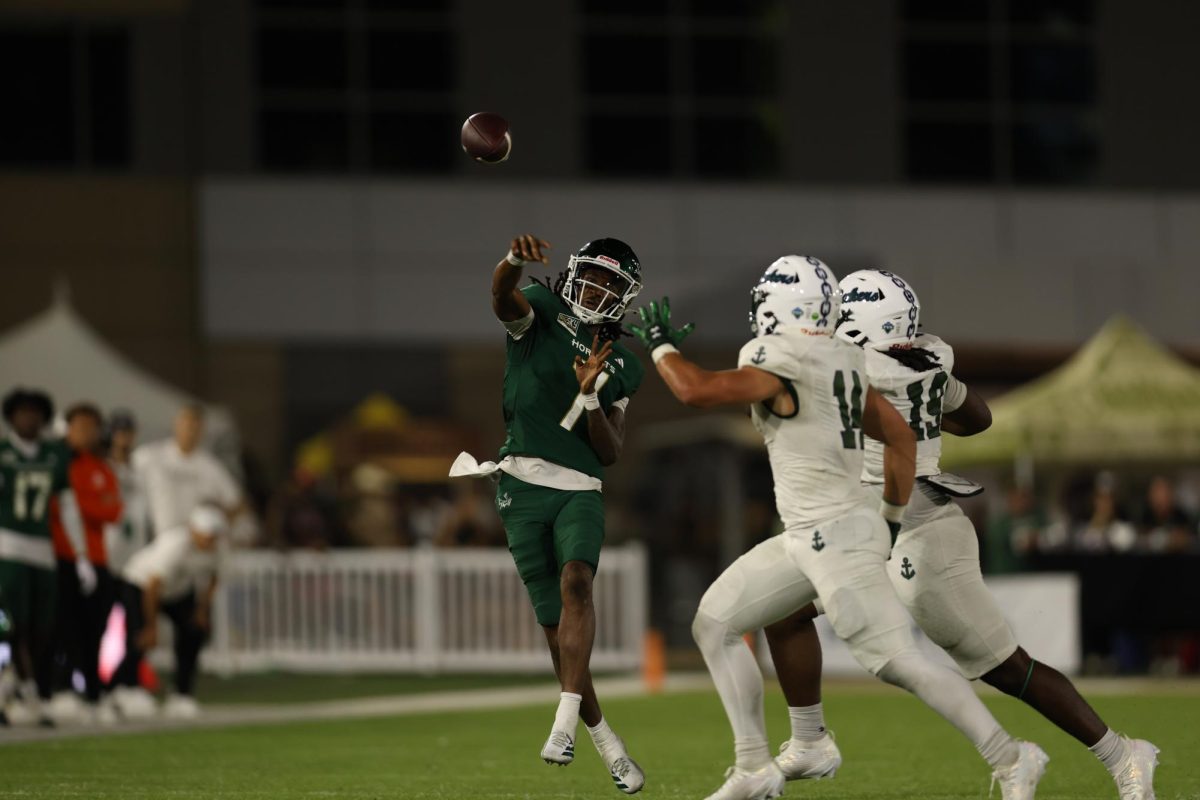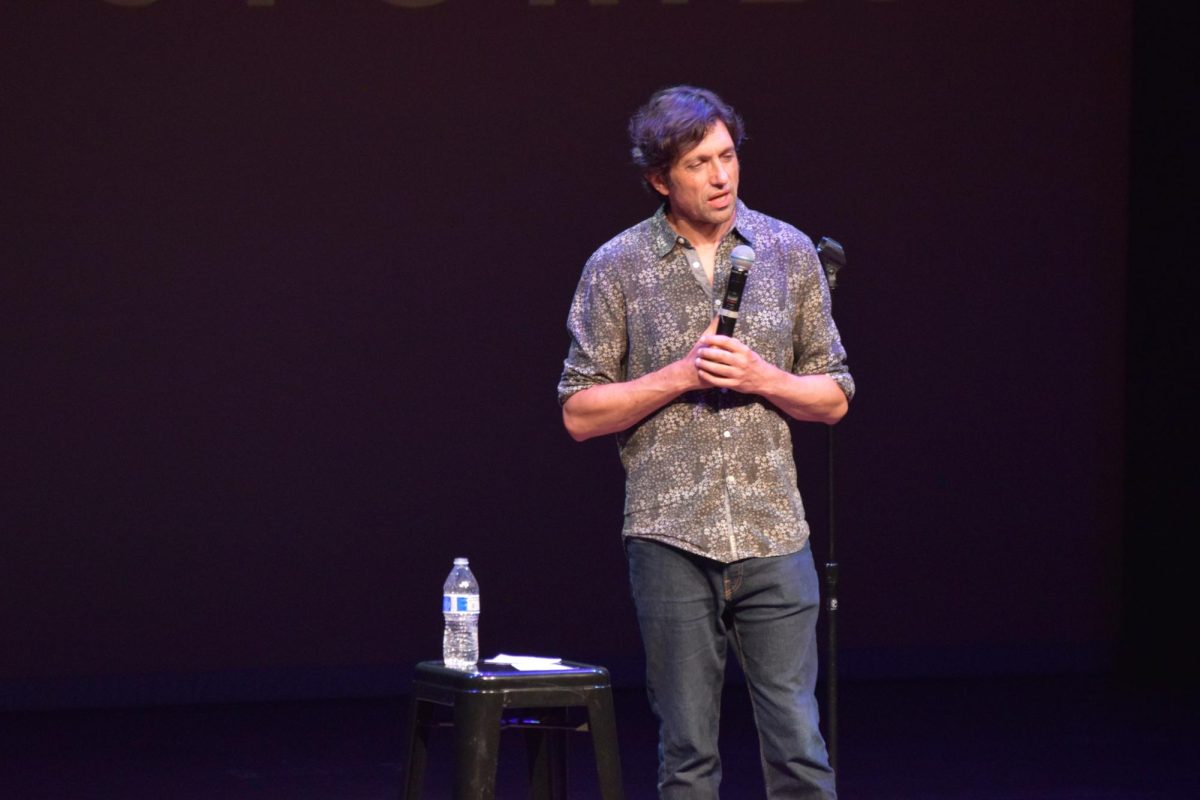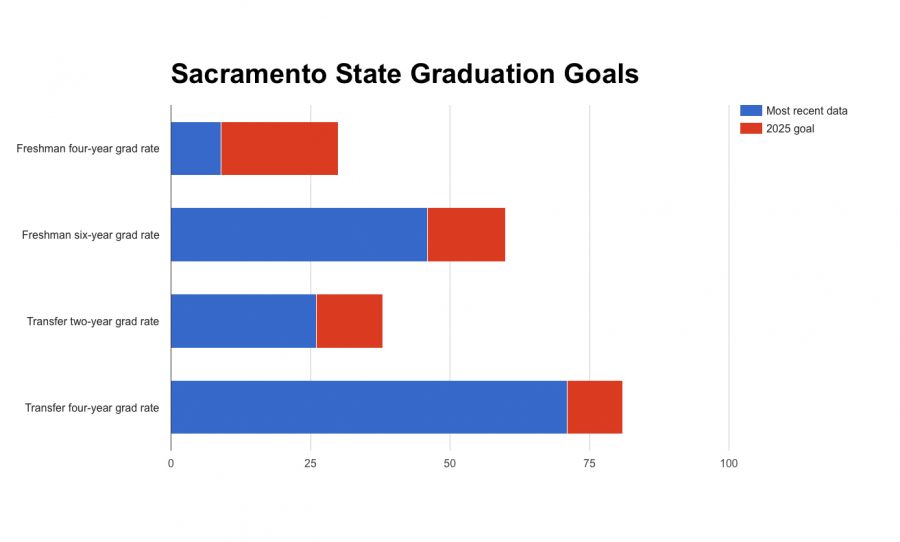The California State University chancellor’s office is in the process of implementing an initiative to improve graduation rates system-wide.
The plan — Graduation Initiative 2025 — outlines a series of goals that the CSU hopes to reach by that year.
Sacramento State has drafted plans specific to the school, including raising the freshman four-year graduation rate from 9 to 30 percent (it is 19 percent system-wide, according to the most recent data), raising the freshman six-year graduation rate from 46 to 60 percent, raising the transfer two-year rate from 26 to 38 percent and the transfer four-year rate from 71 to 81 percent.
James Minor, a former U.S. Department of Education official, has been hired by the CSU to oversee the plan and its implementation. He said that one of the steps that needs to be taken is a streamlining of the information available to academic advisers.
“A student walks into an office with the expectation that the person that is occupying that office is going to help them, that they’re trusted, that they’re going to get good, sound, comprehensive advice,” Minor said. “This is not that (academic advisers) are intentionally being negligible. I think it stems from the compartmentalization that happens.”
Minor said that putting all the student’s information — details about their intent, degree path and financial aid — would help advisers to better help them.
“There has to be a certain amount of data structure there, and we also have to have people who are on staff and available at the times when students are seeking help,” Minor said. “There are capacity issues: any one human being is going to be able to manage so many students successfully. But it’s making sure advisers are in place who are equipped to help students.”
According to a September 2016 draft student success plan, Sacramento State hopes to reach its goals by implementing a number of so-called “‘intrusive’ advising strategies,” including contacting students with over 80 units to help them “finish in four” and potentially providing incentives for taking classes during the summer, winter intersession, at night and on weekends.
Offered incentives will include priority parking, campus employment, reduced fees and summer housing.
Francis James Dragna, the executive director of university initiatives and student success, said that these and other incentives — including coffee cups and a letter from the president — are meant to show the school’s appreciation to students who are trying to finish on-time.
“The incentives are not provided to have people graduate in four (years),” Dragna said. “We use those incentives in order to maintain the relationship of the students to the faculty and administration. It’s a way to build trust.”
Dragna added that in the future the school will be offering a $500 discount per three unit hours to students successfully working toward graduation in four years, and that the school expects to reach the 2025 graduation goals within the next four years.
President Robert Nelsen said that the school is adding advisers and added 370 classes in the fall and 170 in the spring so that there would be more room for students in the courses they will need to graduate.
“We will definitely achieve the goals set out in the Graduation Initiative because we have a plan … that will make ‘Finish in Four’ and ‘Through in Two,’” said Nelsen in an email. “Sac State, especially our faculty, cares about our students, and we believe that our students can and will succeed.”
Minor said that other issues that have kept the graduation rates lower than the CSU would like are students not taking full unit loads and a lack of preparedness among incoming freshmen, which leads students to take remedial classes at the start of their college careers.
“The percentage of students who come to the CSU prepared academically for college level coursework — and the percentage that are prepared culturally and financially — is lower than we would like,” Minor said. “A lot of students struggle academically, are assigned to developmental education courses, and begin their college career in pre-baccalaureate courses that may not count toward their degree.”
Ultimately, Minor said that the entire CSU community will have to do better in order for the goals to be reached.
“This is going to require all of us to up our game with respect to student success and degree completion,” Minor said. “It will require the CSU to behave differently. Quite frankly, our students are going to have to behave differently.”























































































































